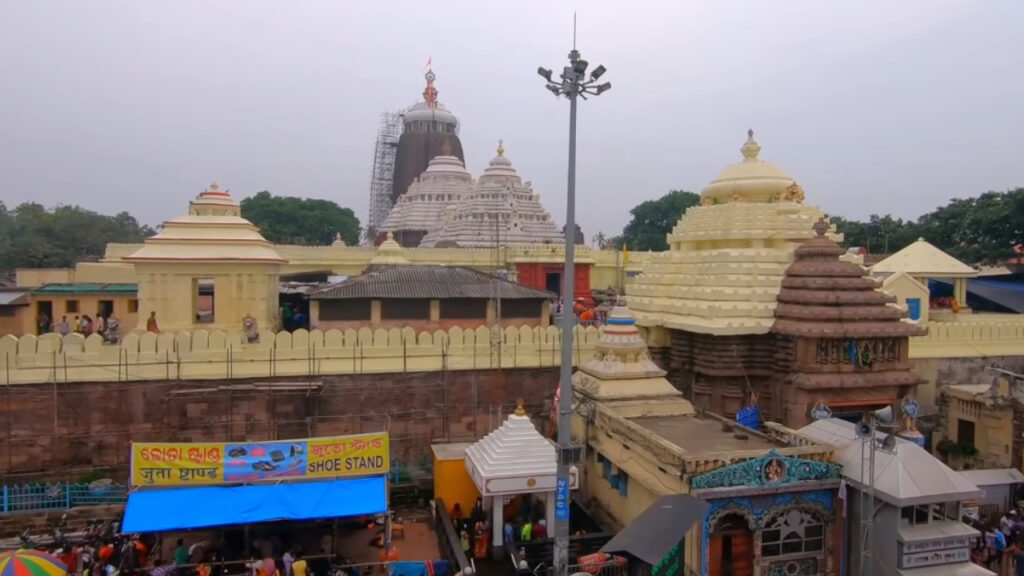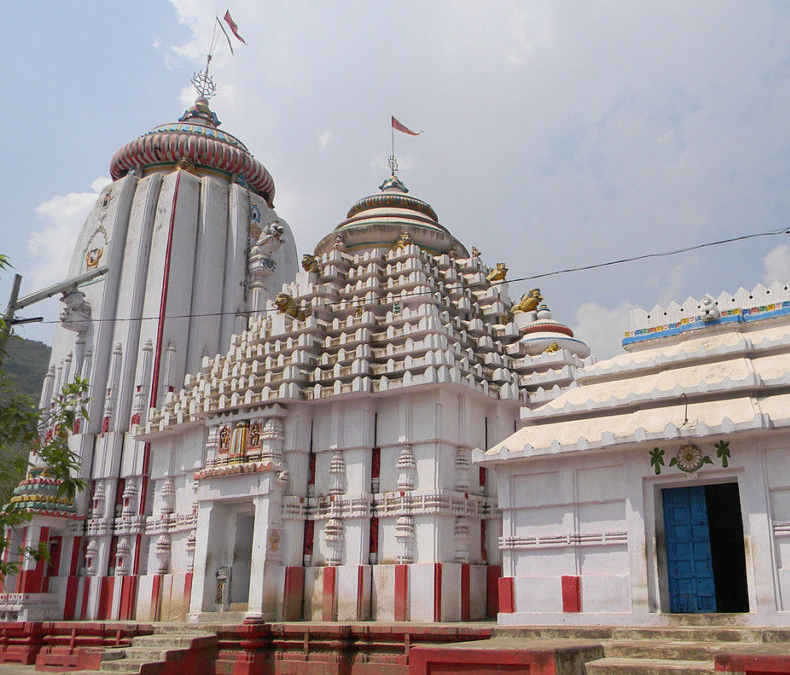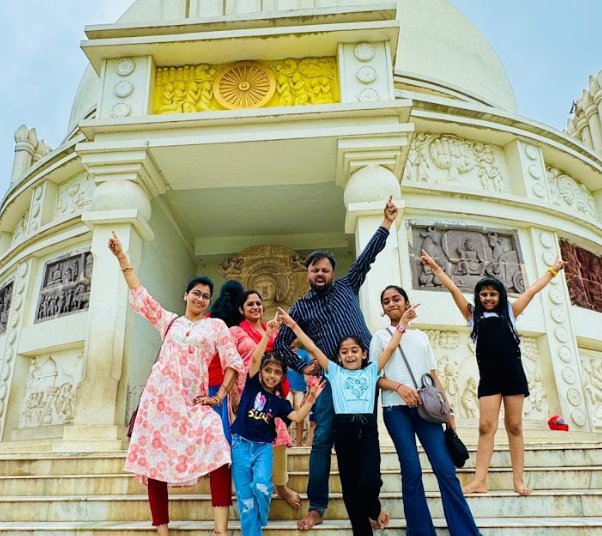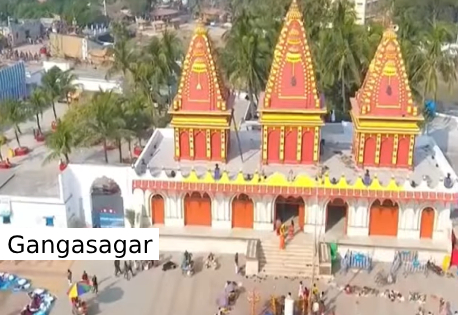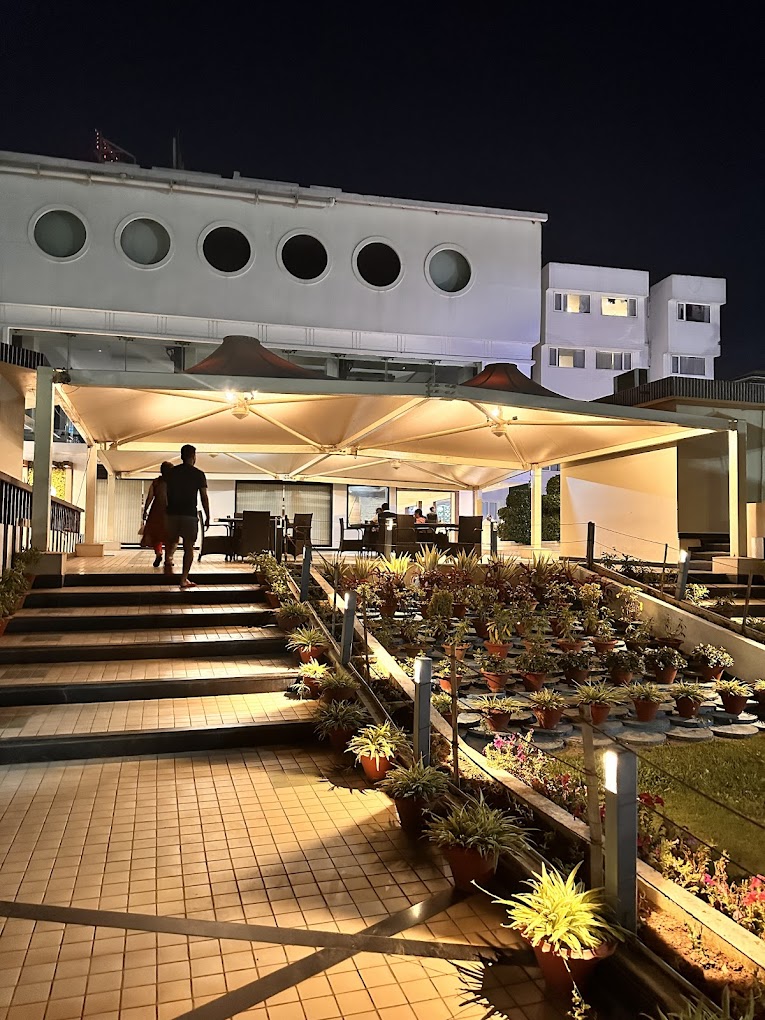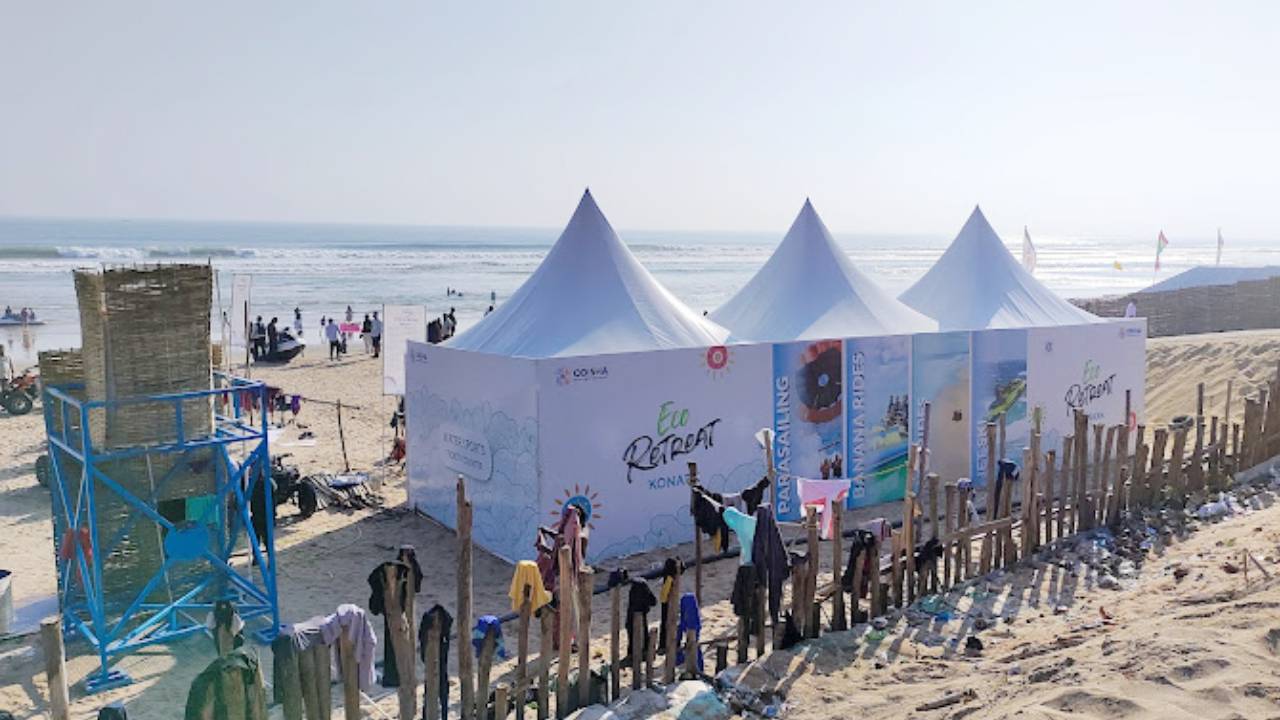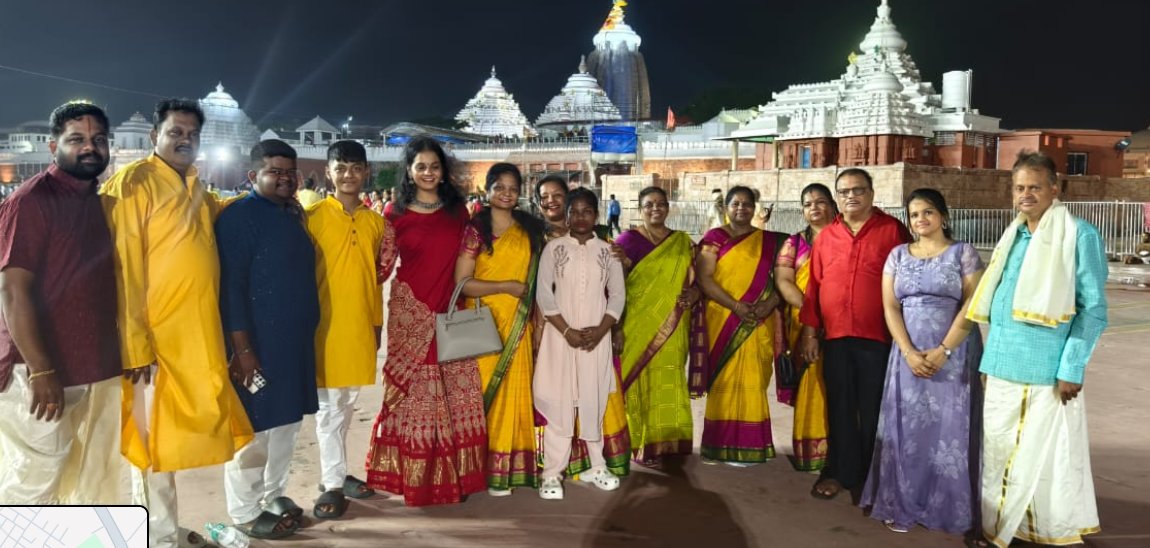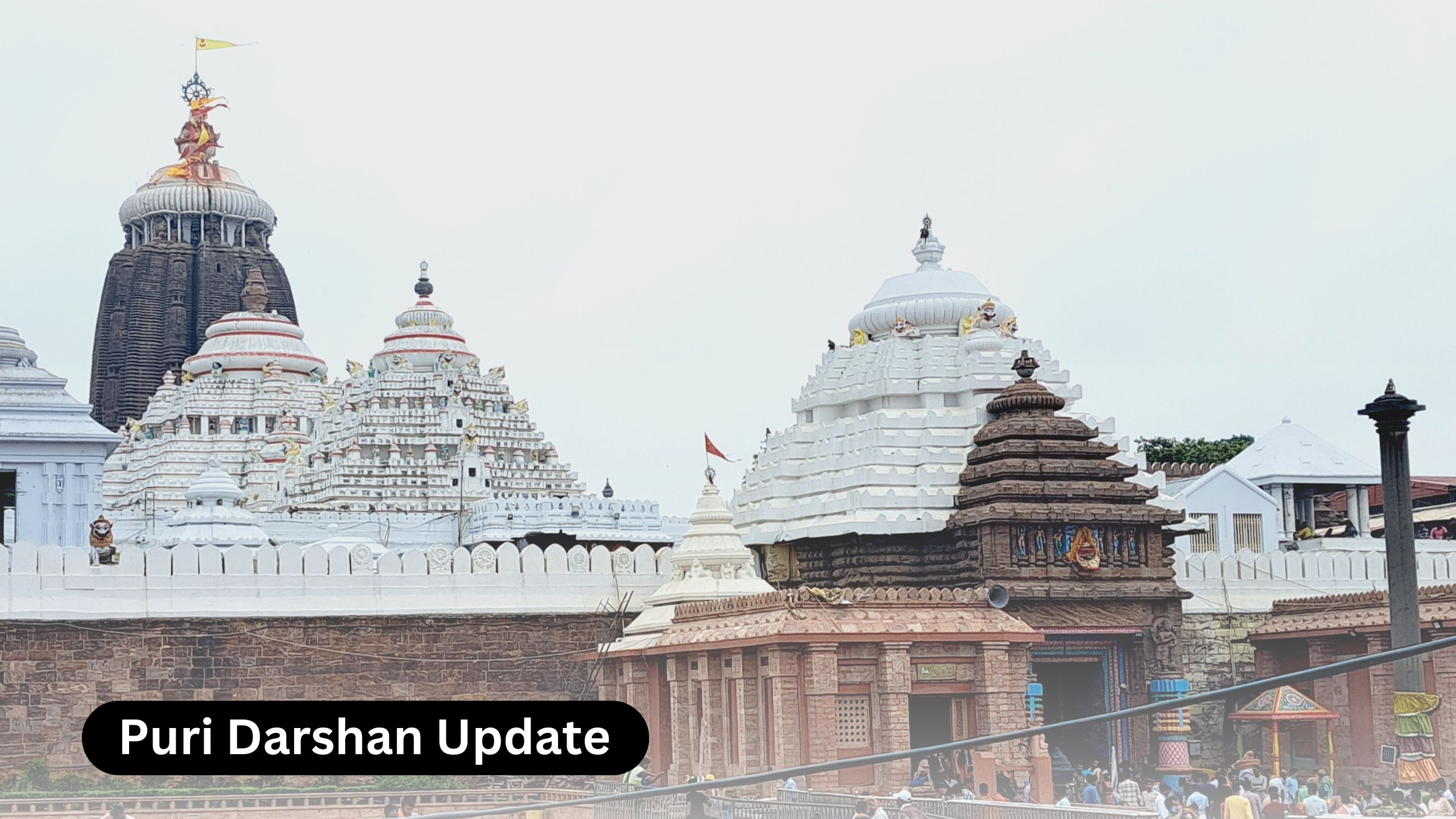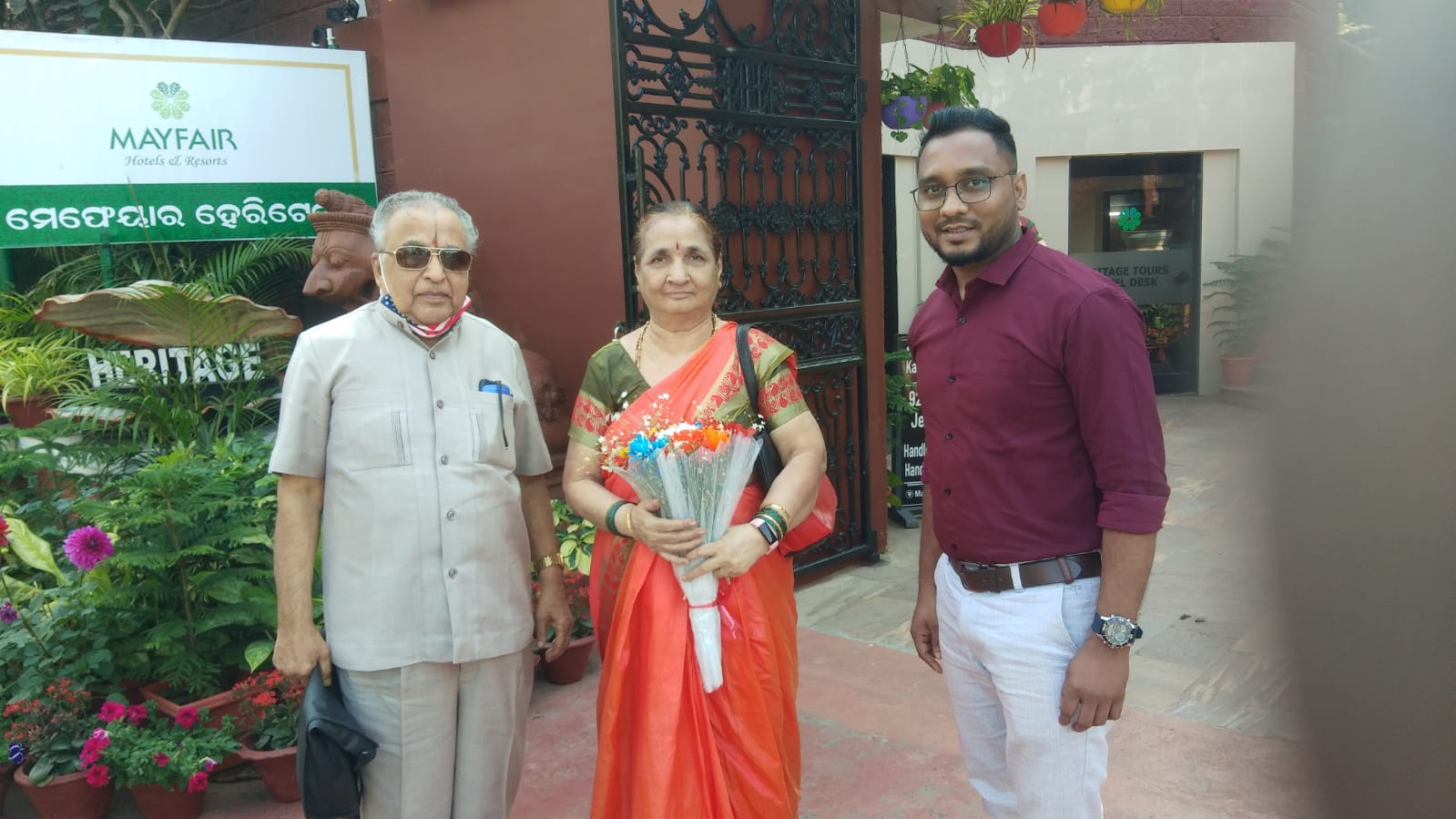Jagannath Temple in Puri, Odisha, is one of the most revered and ancient temples in India. It is not just a place of worship but a symbol of cultural and spiritual heritage. Temple is dedicated to Lord Jagannath, a form of Lord Krishna, along with his siblings, Lord Balabhadra and Goddess Subhadra. These deities are unique in their appearance and the rituals associated with them, making the Jagannath Temple a focal point of devotion and intrigue.
Holy Trinity: Jagannath, Balabhadra, and Subhadra
Primary deities of the Jagannath Temple are collectively known as the Trimurti or the Holy Trinity. Lord Jagannath, the central figure, is considered an incarnation of Lord Krishna. His elder brother, Lord Balabhadra, and their sister, Goddess Subhadra, complete the triad. Unlike typical Hindu deities, the idols of Jagannath, Balabhadra, and Subhadra are made of wood and are replaced every twelve years in a grand ceremony known as Nabakalebara.
Unique Iconography
Deities of Jagannath are distinct in their iconography. Unlike the anthropomorphic representations common in Hinduism, the idols of Jagannath, Balabhadra, and Subhadra are more abstract. Large, round eyes and stumpy arms, which are believed to symbolize their universal nature and accessibility to all devotees, regardless of caste or creed.
Historical and Mythological Origins
Origins of the Jagannath deities are steeped in mythology and history. To legend, the original deity worshipped in Puri was Nila Madhava, a form of Lord Vishnu. When Nila Madhava disappeared, King Indradyumna was instructed in a dream to carve new idols from a sacred log of wood that would wash ashore. This log was believed to be a manifestation of the divine.
Rituals and Festivals
Rituals associated with the Jagannath Temple are elaborate and numerous. One of the most significant festivals is the Rath Yatra, or Chariot Festival, where the deities are placed on grand chariots and pulled through the streets of Puri by thousands of devotees. Festival symbolizes the journey of the deities to their garden temple, Gundicha Temple, and is a spectacle of devotion and celebration.
Festivals and Celebrations
In addition to the Rath Yatra, several other festivals celebrate the Jagannath deities. These include:
- Chandan Yatra: Celebration that occurs in the summer months, where the deities are bathed in sandalwood paste and taken on boat rides.
- Snana Yatra: Bathing festival where the deities are given a ceremonial bath, marking the beginning of the annual Rath Yatra.
- Puri Beach Festival: Celebration that showcases the cultural heritage of Puri, emphasizing the connection between the deities and the coastal region.
Concept of Anavasara
Anavasara is a unique ritual where the deities are hidden from public view for a fortnight after the Snana Yatra, a ceremonial bathing festival. During this period, it is believed that the deities fall ill and are nursed back to health. Ritual underscores the human-like qualities attributed to the deities, making them more relatable to the devotees.
Nabakalebara Ceremony
Every twelve years, the wooden idols of Jagannath, Balabhadra, and Subhadra are replaced in a grand ceremony called Nabakalebara. Involves the transfer of the Brahma Padartha, or the life force, from the old idols to the new ones. Process is shrouded in secrecy and is carried out by a select group of priests. Ceremony signifies the cyclical nature of life and death and the eternal presence of the divine.
Cultural Significance
Jagannath Temple and its deities hold immense cultural significance. Temple is a center of Odia culture and tradition, and the rituals and festivals associated with it are integral to the social and cultural fabric of the region. Rath Yatra, in particular, attracts millions of devotees from across the world, showcasing the universal appeal of Lord Jagannath.
Influence on Art and Literature
Jagannath deities have inspired countless works of art and literature. Unique iconography and the rich mythology surrounding them have been depicted in various forms, from traditional paintings and sculptures to contemporary literature and films. Deities’ influence extends beyond religious boundaries, making them a subject of academic and artistic interest.
Global Appeal
Devotion to Lord Jagannath is not confined to India. International Society for Krishna Consciousness (ISKCON) has played a significant role in spreading the worship of Jagannath globally. Rath Yatras are now celebrated in major cities around the world, bringing the essence of Puri’s grand festival to a global audience.
Deities of Jagannath, Balabhadra, and Subhadra are more than just idols; they are embodiments of faith, culture, and tradition. Rituals and festivals associated with them reflect the deep spiritual connection that devotees have with these deities. Jagannath Temple in Puri stands as a testament to the enduring legacy of these divine figures, drawing millions of devotees and curious minds alike to its sacred precincts.
Story of Jagannath and his siblings is a fascinating blend of mythology, history, and devotion. It is a story that continues to inspire and captivate, transcending the boundaries of time and space. Whether one is a devout follower or a curious observer, the deities of Jagannath offer a glimpse into the profound spiritual heritage of India.
